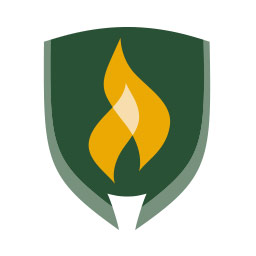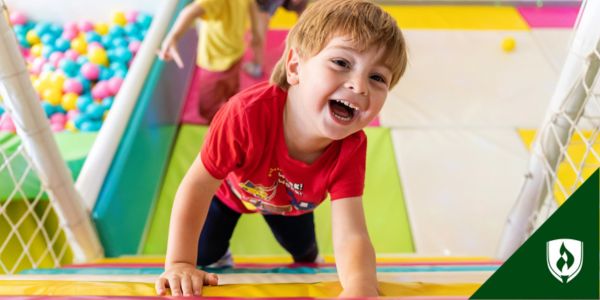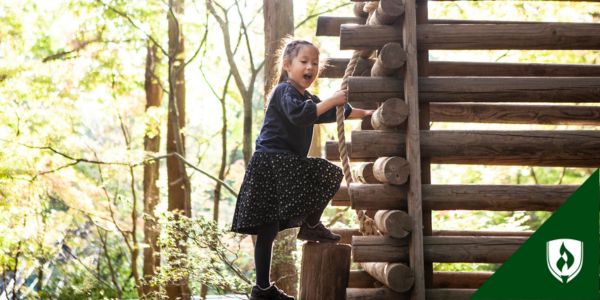Being a new teacher in the education field can be very exciting and nerve-wracking all at the same time. While an early childhood education degree has prepared you for the adventure, it is now time to put all the knowledge you have gained in your studies into action.
With that said, you don’t have to do this alone. There are many resources available to you, if you just know where to look and don’t be afraid to ask! This article provides some great resources for new (and even) experienced educators—from internet resources, to local resources, and even publications.
Internet Resources
The National Association for the Education of Young Children (NAEYC) has a wealth of information at your fingertips. NAEYC’s website offers teacher resources, including the organization’s publications, posters, and literature; in addition to tips on ways to advocate on behalf of children and families.
Who knew Scholastic is more than just a book fair? Scholastic has a wealth of information available including great insights for teachers who are working with children and families; in addition to robust lesson plans and printable information. There is even a section on nutrition with children.
Deemed as the educator’s best friend, Education World is another great place to gather ideas and share insights about teaching and early childhood. In addition to great ideas for the classroom, Education World also offers insights for professional development for administrators. Last, it offers templates for teachers to use and ways to best engage families.
Local Resources
Your Public Library
Contact your library and introduce yourself. Printed books are so beneficial to children, and a librarian is your key to easy access to these plentiful and helpful resources. Often times, a simple call to a librarian at the beginning of a unit of study can help an educator pull a variety of picture books and non-fiction reference guides and multimedia for your class. Utilizing public libraries saves you hours of gathering the books yourself.
Museums and Nature Facilities
Many museums and nature conservatories offer field trips—both on their site, or even classroom visits. Some resources are even free. Take advantage of any opportunity you can to draw from those facilities to help in the education of young children. In addition to local facilities, contact your Department of Natural Resources for activities and learning tools for your classroom. They often have free information to send teachers. All you have to do is ask, and you could have a heap of teaching material right at your fingertips.
These agencies in each county support teachers and families in a great variety of ways. In addition to helping parents locate quality child care facilities and assisting with financial aid options, the CCR&R also supports teachers through offering training seminars and hosting networking events. The CCR&R is responsible for a great amount of advocating on children’s behalf with various state legislatures.
County Health Department
It is amazing how many small departments make up the larger county health department. In Joliet, Illinois, there is an All Our Kids Network (AOK Network) that is a division of the county health department. Getting to know the people at AOK allows a teacher to make easy connections with various agencies that can be there to help and support parents.
Publications
Mailbox Magazine offers ideas for 5 different ages levels including preschool, kindergarten, grade 1, grades 2-3 and intermediate grades. The ideas in the books stem from great seasonal art projects to great books to read with children.
This award-winning, peer-reviewed journal is published by the National Association for the Education of Young Children. The publication is devoted to issues in the field of early childhood education including: teaching strategies and practices, advocacy and leadership in early childhood education.
Offering a variety of publications, the National Institute for Early Education Research offers current research, trends, and needs in early childhood education; in addition to offering insights on public policy and meeting the needs of today’s children and society.




